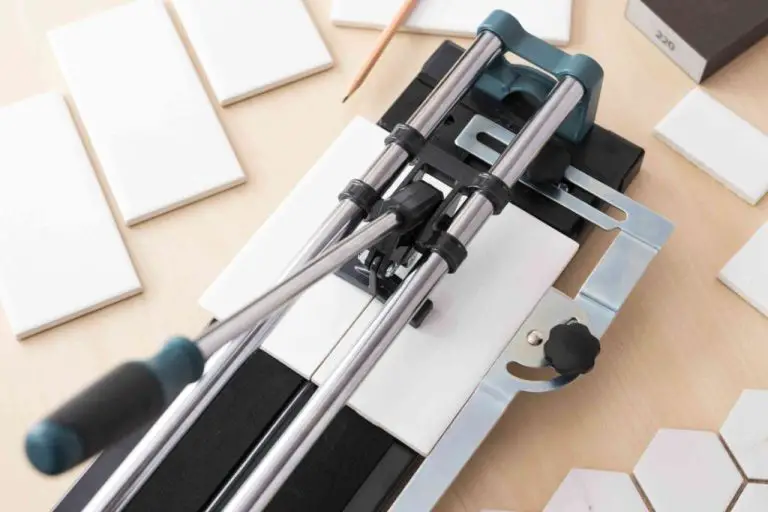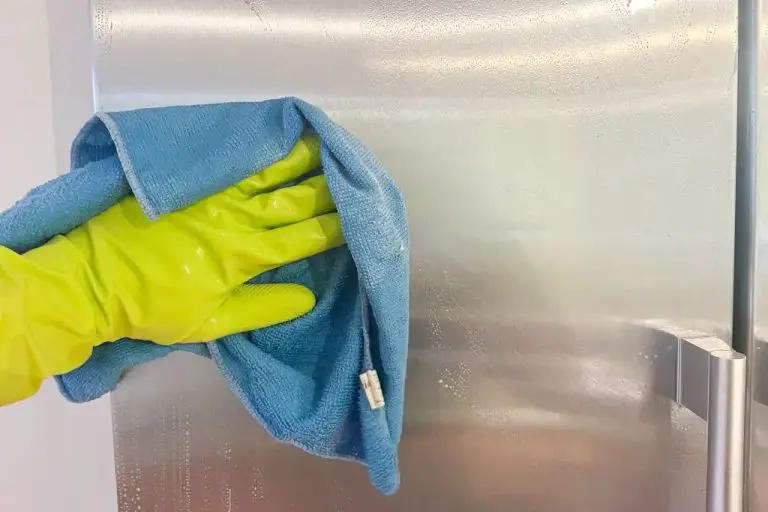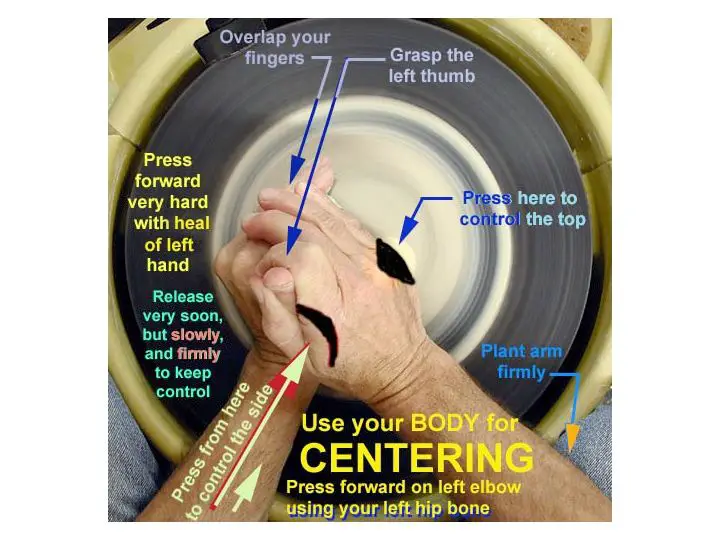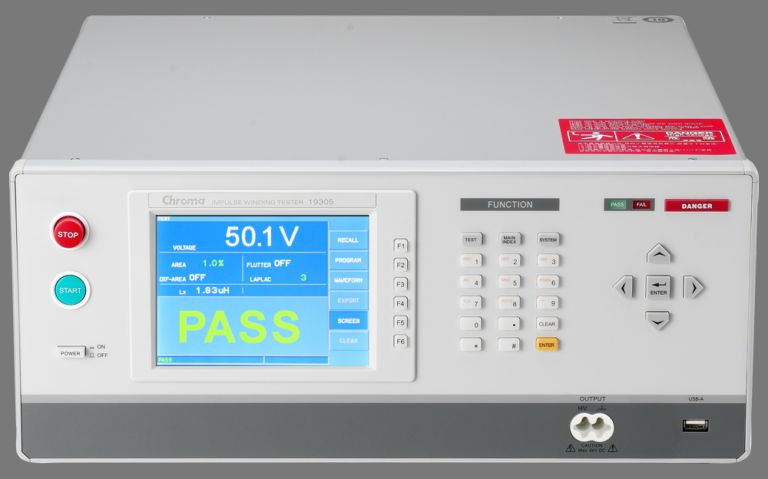How To Make Clay Ganesha Step By Step?
Making a Clay Ganesha: Step by Step Guide
Introduction
Ganesha is one of the most widely worshipped deities in Hinduism, known as the remover of obstacles and patron of arts and sciences. Often depicted with an elephant head, Ganesha is revered as the son of Shiva and Parvati. clay is an ideal medium to craft your own Ganesha murthi or idol to use for worship or decorative purposes. This comprehensive guide will take you through everything you need to know to make a custom Ganesha murti out of clay at home.
To begin, you will need some basic sculpting supplies – clay (air-dry or polymer), acrylic paints, brushes, a rolling pin, modeling tools, crystals or other decorations, and sealant like polyurethane or varnish. The steps outline molding the base, sculpting the body and head, adding arms and legs, applying accessories like Ganesha’s trunk and crown, painting, and sealing the finished idol. With some time and creativity, you can make a beautiful Ganesha murti to display.
Gather Materials
To make your Ganesh idol, you will need clay and some basic sculpting tools. Here are the main materials to gather:
Clay
There are several types of clay that can be used for sculpting a Ganesh idol:
- Potter’s Clay – This natural clay is smooth and easy to shape. It air dries well and is readily available at most art supply stores.
- Polymer Clay – Man-made clay that comes in bright colors. It hardens when baked in a standard oven and allows for very smooth sculpting.
- Air-Dry Clay – This clay dries naturally at room temperature. It’s lightweight and easy to sculpt. Some brands allow you to bake air-dry clay to harden it further.
- Paper Clay – Made from natural clay and cellulose fiber. It’s extremely lightweight and dries into a stiff, strong ceramic. Best for adding detailed features.
Choose one or two clays from the options above. For a Ganesh statue, potter’s clay or air-dry clay work very well. You will need about 1-2 pounds of clay.
Sculpting Tools
Having the right sculpting tools makes shaping and detailing your Ganesh easier. Essential items include:
- A rolling pin
- Spatulas for smoothing and shaping
- Clay sculpting knives
- Clay shapers and loop tools
- Toothpicks for detailing
- A work surface like a wood or plastic board
Gather these before starting your sculpting project. Modeling tools like clay sculpting knives can be found at art supply stores. Simple items like toothpicks, popsicle sticks, and bottle caps also work!
Make the Base
The base for your clay Ganesha sculpture provides stability and structure for the entire model. To make a sturdy base:
Start by rolling a ball of clay about 2-3 inches thick. This will be the base. Flatten the ball into a circle shape.
For stability, make sure the base is wide enough to support the weight of the Ganesha model. Aim for a base about 4-6 inches wide. The base can be made larger or smaller depending on the size of the overall sculpture.
Use your fingers to smooth out the edges and create a uniform thickness. The bottom should be completely flat so the sculpture can stand upright.
Optional – Add designs or texture to the base by pressing shapes into the clay. Try geometric patterns, nature shapes like leaves or flowers, or religious symbols.
Let the finished base dry out slightly before constructing the main body on top. This helps prevent cracking or denting of the base over time.
Having a wide, sturdy base provides a solid foundation for building up the Ganesha shape. Taking care to construct the base properly will help support the entire clay sculpture.
Shape the Body
Once the base has dried, it’s time to sculpt the Ganesh’s body and trunk. Start by rolling a large oval shape for the torso. Use your fingers to smooth the clay and shape the body. Pinch and pull gently to refine the shape and proportions. For an easier approach, roll balls or coils of clay and attach them together to build up the body.
To create the characteristic pot belly, add extra clay to the stomach area. Smooth and blend the seams using water and your fingers. For the trunk, roll out a thick tapered coil, bending it into an S-shape. Attach to the front of the face, curving up towards the top of the head. Refine the trunk by sculpting the tip into a rounded shape.
Use basic sculpting tools like popsicle sticks, toothpicks or clay shapers to add finer details. Gently press in markings for the eyes, mouth and other facial features. Define the shape of the ears as well. Work slowly and carefully to get the details just right.
Create the Head
The head is one of the most important parts of sculpting a clay Ganesh murti. Here are step-by-step instructions for shaping the iconic elephant head:
Start by rolling a ball of clay about the size of a large orange. This will form the basic shape for Ganesh’s head. Flatten the ball into an oval shape.
For the elephant trunk, roll a tapered coil of clay about 4 inches long. Attach this to the front of the oval head shape. Use your fingers to blend the trunk into the head smoothly.
For the ears, shape two large oval pieces of clay into flat discs. Attach these on either side of the head shape. Curve the ears slightly forward.
For the tusks, roll two small cone shapes out of white clay. Attach these to the lower part of the trunk on either side. Let them extend a couple inches forward.
Add two almond shaped eye sockets using more clay. Define the eyes by making a depression with your thumb.
For the crown, flatten a long coil of clay and place it on top of the head, molding it to the oval shape. Decorate the crown with designs if desired.
Refine the entire head shape as needed, blending all the parts together into one cohesive elephant head. Smooth the textures and continue shaping until you are satisfied.
Make the Arms
The arms are an important part of sculpting Ganesha. They must be carefully formed and attached in the traditional pose with the right arm holding a broken tusk and the left arm holding a laddu (sweet dessert ball).
To form the arms, roll two small balls of clay for the upper arms. Attach these to the torso, angling them outward. Next, roll two thinner cylinders of clay for the forearms and attach these to the upper arms. Use a toothpick or sculpting tool to mark the elbow joints.
For the hands, roll two small oval shapes. Gently press in details on the palms and fingers. Attach the hands to the ends of the forearms angled slightly downward. Use a toothpick to define spaces between the fingers.
To achieve a natural look, blend the arms smoothly into the torso and cross the wrists in front of the belly. The right palm should face out while the left palm faces in.
Take your time detailing the hands, as this gives Ganesha his lively spirit. Adding fingernails, wrinkles on the knuckles, and rings on the fingers makes the hands look intricate and realistic.
Craft the Legs
An important part of sculpting a Ganesha idol is crafting the legs in a seated lotus position. This represents Ganesha’s ability to rise above worldly desires and attain enlightenment.
To form the legs:
- Roll two small balls of clay for the feet and attach them to the bottom of the legs. Make sure the feet are pointing sideways in a relaxed posture.
- Use your fingers to refine the shape of the feet and toes. Add lines to define each toe.
- Blend the feet smoothly into the legs using water and sculpting tools. Remove any excess clay.
- Carefully shape the thighs and calves to get a natural bend of the knees. The thighs should overlap just above the feet.
- Define the big toe and other details like toenails to complete the feet. Let them dry slightly before moving ahead.
Crafting well-formed legs in a stable lotus posture brings life and divine energy to the Ganesha idol.
Apply Accessories
Adding accessories is an important part of bringing your Ganesha sculpture to life. Some common items to consider are:
Axe
An axe helps represent Ganesha’s ability to cut through obstacles and illusions. Carefully sculpt a miniature axe out of clay and attach it to one of Ganesha’s upper hands. Make sure to mold the handle thin and curl the blade.
Rosary
A beaded rosary symbolizes spirituality and devotion. Use tiny balls of clay to create beads, linking them together with thin coils of clay. Drape the finished rosary over Ganesha’s arms in the sculpting stage.
Sweets
Ganesha has a fondness for sweets like laddoos and modaks. Adding a small clay model of his favorite treats brings charm. Shape tiny balls of clay into laddoo or modak forms, baking them longer so they are hardened. Then glue in place near Ganesha’s trunk.
Sculpting tiny delicate objects can be challenging. Go slowly and use toothpicks or clay sculpting tools to add finer details. Allow time for each item to dry and harden before attaching. With patience, you can create miniature accessories that make your Ganesha unique.
Final Touches
This is the last opportunity to smooth out any imperfections and enhance details before painting your Ganesh. Use wet fingers or a damp cloth to gently rub the edges and blend rough spots. Let the clay dry completely before moving on.
Refine aspects like the face, trunk, and ornaments with clay sculpting tools. Carefully add finer details and texture with loops, ribs, cutters, and ball tools. Work slowly and cautiously to avoid tearing the clay. Be judicious with additions at this stage since the sculpture is fragile.
Check proportions from multiple angles and make any necessary adjustments. Pay extra attention to hands, feet and facial features like eyes and mouth. Use a soft brush to dust away debris. Your Ganesh should now be ready for painting and sealing.
Painting & Sealing
Selecting the right paints to bring your clay Ganesha to life is an important step. Acrylic paints work best on cured polymer clay as they fully adhere to the surface and provide rich, vibrant color. Avoid water-based paints like poster paints or temperas which can easily flake off over time. Invest in a high quality acrylic paint set with an array of both cool and warm tones to paint the detailed elements of your Ganesha.
Apply the paint in thin, even layers using soft bristle brushes. Let each layer fully dry before adding another coat. Blend colors smoothly and cleanly. Outline borders between colors with a fine tip brush. Use a toothpick for ultra-precise details like eyes, mouth, and jewelry.
Once satisfied with the painting, it’s critical to seal and protect the finished clay Ganesha with a transparent acrylic spray or brush-on varnish. This creates a protective barrier against moisture, handling, and environmental factors that could otherwise cause chipping, fading, or wearing of the paint over time. Allow the varnish to fully cure for 24-48 hours before handling the finished piece.




